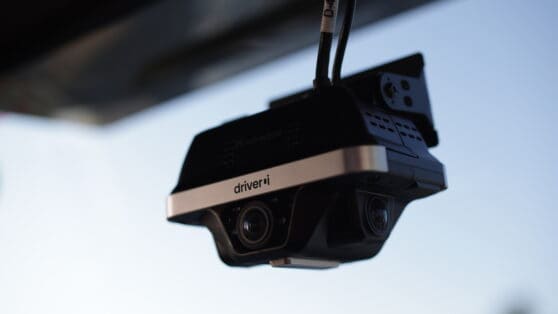Is speeding worth it? With the roadways full of speeding drivers, it can be tough to keep compliance in check.
For the second consecutive year, the Commercial Vehicle Safety Alliance (CVSA) will focus their annual Operation Safe Driver Week on speed. This effort is to address alarming increases in average speed and collisions since the Covid-19 shutdown. With fewer drivers on the road and total miles driven down 18.6%, the National Safety Council’s fatality data still indicates a 14% increase in fatalities per mile in March this year as compared to March 2019. During this week, the CVSA in partnership with law enforcement and the Federal Motor Carrier Safety Administration (FMCSA), will increase enforcement and education about driving behaviors that contribute to the main causes of crashes.
As this priority on speeding by law enforcement is intended to heighten awareness, it’s a good time to evaluate solutions to speeding and how to mitigate some of the consequences of speeding, including:
Loss of Vehicle Control:
While the unpredictable nature of traffic, road conditions, and weather may instigate a loss of control, increased speed results in an even greater loss of control and potential for damage to vehicles and injury to passengers. Additionally, spins and rollovers, where speed is sometimes a contributor, result in twice the average verdict of standard collisions in cases classified as Nuclear verdicts, at $15 million on average according to ATRI.
Increase in Required Stopping Distance:
Higher speeds result in more distance required to stop a vehicle. Where danger can often be the result of other divers’ actions, it’s important that commercial drivers have ample time to respond to danger.
Increased Crash Severity Levels:
Vehicles traveling at higher speeds have a significantly higher probability of resulting in injuries and fatalities as the higher rate of speed leads to greater impact.
Reduced Fuel Efficiency:
Well documented and measured by fleet tracking companies such as GPS Insight, speed contributes to higher fuel costs. A Class 8 truck averaging 45,000 miles per year would save up to $7,300 per year by driving 55 mph instead of 75.
Tips for Improving Speed Compliance to Avoid Traffic Tickets
Raise Awareness:
With open roads and increased speed among all drivers on the road, commercial drivers who are used to managing their speed relative to traffic might not even be aware that they’re driving at high speeds. In-cab audio alerts can serve as a polite reminder to drivers that the are exceeding target speed limits.
Set Expectations:
Make sure drivers understand the consequences of speeding both for the company and driver. Communicate company expectations for compliance to speed limits.
Measure Performance:
Utilize fleet safety or tracking platforms to identify speeding violations. Track performance and compare against fleet and personal goals for improving performance.
Provide Tools & Share Progress with Drivers:
Mobile applications that track and share progress provide transparency to drivers about their performance as compared to expectation. Remote coaching sessions can also be a valuable tool for drivers to improve performance on their own. In many cases, just this visibility can result in immediate improvement.
Utilize Video:
Cameras capture the truth, removing the subjective nature of a manager’s opinion and supplying the proof behind performance data. Seeing their own driving through the camera’s eye often shocks drivers, and this additional visibility becomes the trigger they need to change a risky habit. Some drivers may be speeding without realizing it! Additionally, vision-based AI cameras “see” speed limit signs and calculate following distance, providing a more precise assessment of the situation.
Engage to Communicate Focus:
If drivers are unable to improve their performance with in-cab reminders and visibility to performance and remote coaching, face-to-face discussion may be necessary. In such a meeting, driver engagement can more easily be achieved by discussing overall performance – both good and bad. Balanced discussion is more likely to result in a collaborative approach to improving performance.
Final Thoughts
It’s important to understand the dangers of speeding while driving, and put this emphasis in your fleet management program. The thing is, most drivers are speeding without realizing it. To avoid those traffic tickets and improve compliance, follow our solutions to speeding.






